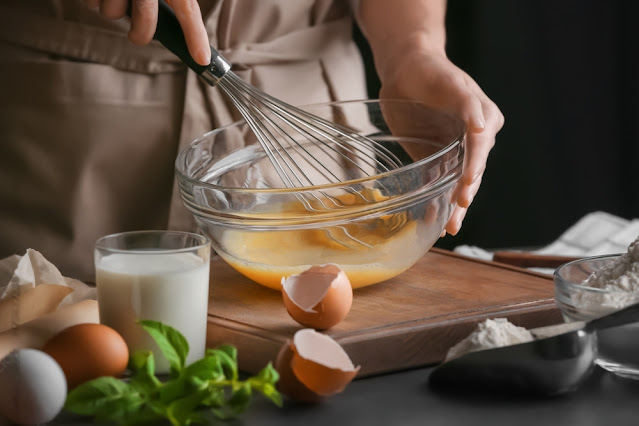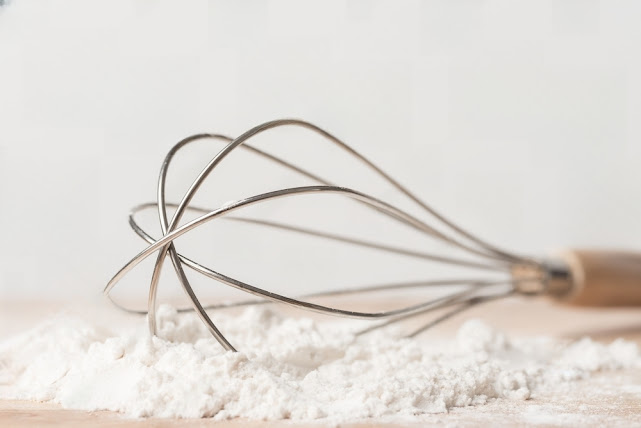"THE WHISK: A TIMELESS KITCHEN TOOL"
INTRODUCTION:
In the bustling world of cooking and baking, there are countless kitchen utensils designed to make the culinary experience more efficient and enjoyable. Among them, one tool has stood the test of time, remaining a staple in both professional and home kitchens alike: the whisk. With its simple yet versatile design, the whisk has been a reliable companion to chefs for centuries, and its significance in the culinary world cannot be overstated.
1.A BRIEF HISTORY:
The whisk's origins can be traced back to ancient times, where its earliest form was likely a bundle of twigs or branches used for mixing ingredients. Over time, it evolved into a more sophisticated tool made from various materials, including wood, metals, and later, stainless steel and silicone. Whisks were historically used in different cultures across the globe, showcasing their universal appeal and practicality.
2.DESIGN & FUNCTIONALITY:
The whisk's design is both elegant and efficient. It consists of thin, flexible wires or loops that converge at the handle, creating a balloon-like shape. This design allows the whisk to incorporate air into various mixtures and create smooth, creamy textures. The wires are spaced in such a way that they can effectively mix ingredients in different containers and reach the corners and edges, ensuring an even blend.
The primary function of the whisk is to beat, whip, and blend ingredients together. Whether it's eggs for an omelet, cream for whipped topping, or a batter for pancakes, the whisk proves to be an indispensable tool. Its ability to quickly and evenly incorporate air into mixtures contributes to creating light and fluffy textures in various dishes.
3.VERSATILITY:
One of the whisk's most remarkable qualities is its versatility. While it excels at whisking liquids and batters, it is also adept at emulsifying vinaigrettes, combining dry ingredients for baking, and even sifting flour. A flat whisk, with its wide shape, is perfect for deglazing pans and making smooth sauces. Different types of whisks are designed for specific purposes, making it a valuable tool for chefs with diverse culinary needs.
4.WHISKS IN MODERN CUISINE:
In today's culinary world, the whisk remains a go-to tool for professional chefs and home cooks alike. Despite the advent of electric mixers and blenders, the whisk's manual nature offers a sense of control and finesse that machines sometimes lack. Many chefs prefer to use a whisk when making delicate recipes that require a gentle touch, as the risk of over-mixing is significantly reduced.
Additionally, the whisk has earned a place in the world of molecular gastronomy. Chefs have used modified whisks, such as the "siphon" whisk, to create foams and airs from various liquids, pushing the boundaries of texture and presentation.
5.CARING FOR YOUR WHISK:
To maintain the longevity and efficiency of your whisk, it's essential to care for it properly. After each use, rinse it with warm soapy water and remove any residue or food particles. If you have a stainless steel whisk, it can usually be safely cleaned in the dishwasher. However, wooden and silicone whisks are generally better washed by hand.
CONCLUSION:
In conclusion, the whisk is an enduring and indispensable tool in the culinary world. With its simple yet effective design, versatility, and timeless appeal, it continues to be a trusted companion of both professional chefs and amateur cooks alike. So, the next time you reach for your whisk, remember the rich history and significance behind this humble kitchen tool. Happy whisking!
















0 Comments